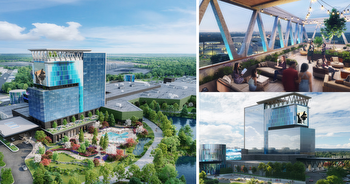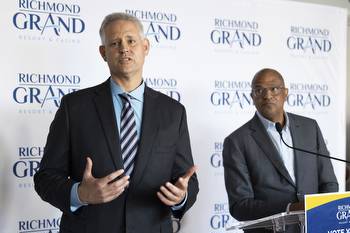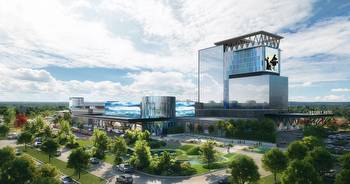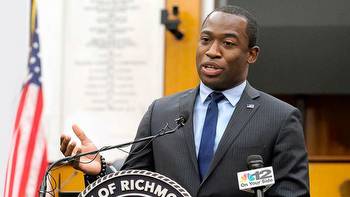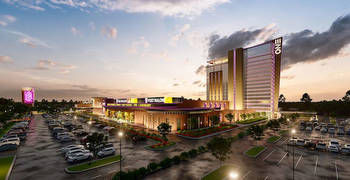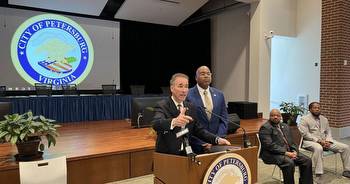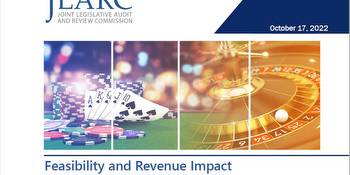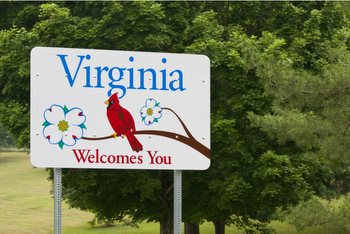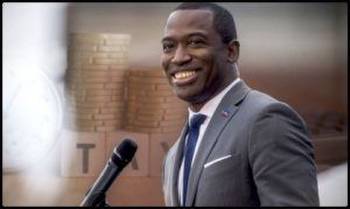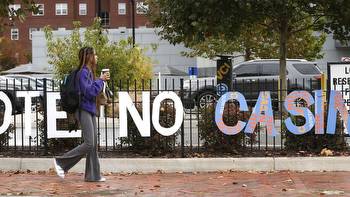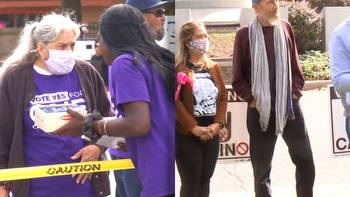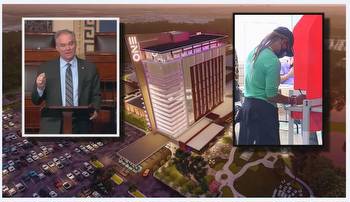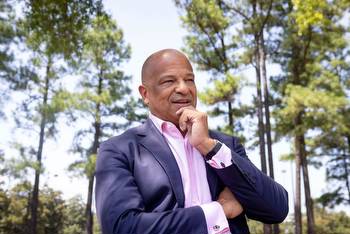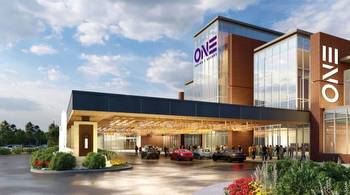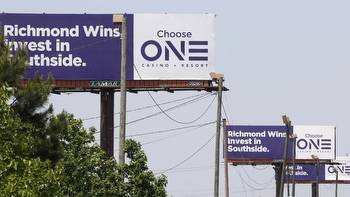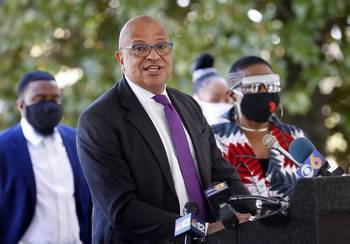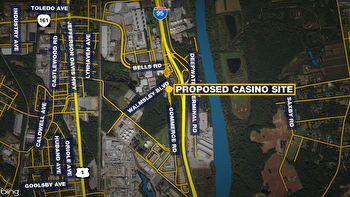Casino for child care skirts the real question: Who pays?
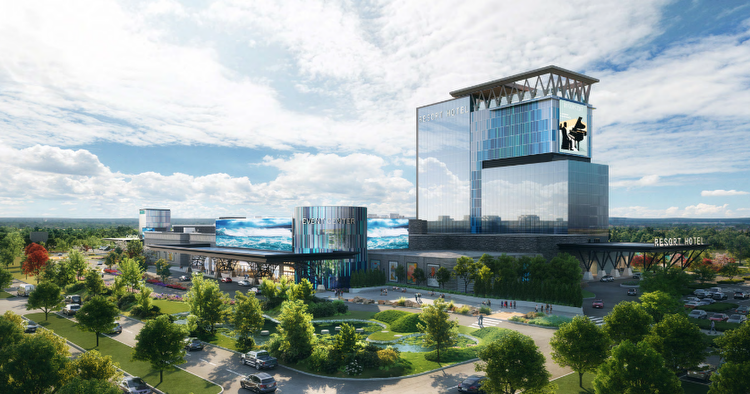
It’s hard not to get excited about easy money.
The latest iteration of the previously voted down casino resort on the city’s South Side is back in play, and earlier this week Mayor Levar Stoney couldn’t wait to announce the goodie package: An upfront $26 million to build two new child care facilities at city community centers, money for parks and $5 million to set up a child care and education trust for low-income families.
And that’s not even the big bucks: $19 million of the projected $30 million in annual casino tax revenues will be funneled to the trust, which will dole out early education tuition assistance to low-income families and grant funds to community child care providers to increase capacity in areas where “school readiness data indicates greatest need,” according to city officials.
That’s not all. There’s an additional $16 million promised by the project’s developers for local nonprofits, not to mention all the leftover tax revenues — more than $10 million from meals, admissions and gaming — along with 1,300 jobs where the average pay, according to the developers, will be $55,000 a year. The veritable money machine that is the rechristened Richmond Grand Resort & Casino isn’t just about craps and roulette: There will be a 250-room hotel, music and production venues, an outdoor pool, cabanas, more than a dozen new bars and restaurants and a 55-acre park with walking trails, spaces for community events and pickleball courts.
In other words, if you were on the fence about supporting the $562 million casino project — 51% of city voters did not in 2021 — maybe you should adjust your moral compass. Still feeling queasy about a gaming mecca in economically disenfranchised South Side, the potential for increased crime and/or incentivizing gambling addiction? But what if it means tens of millions for child care in a city with disproportionately high levels of poverty?
Stoney’s track record when it comes to economic development is, to put it generously, mixed. And the clock is ticking. Stoney’s second term as mayor ends in 16 months and he’s weighing a bid for governor in 2025. The $1.5 billion Navy Hill project failed and the $2.4 billion Diamond District development remains an open question, along with that stalled $200 million-plus slavery museum in Shockoe Bottom. So, yes, a shiny new casino — the surest bet of the bunch, so long as the second referendum passes — appears to be pretty important to Stoney. He certainly didn’t mince words on Tuesday.
“We’ve identified the (child care) crisis in the city. And we’ve also presented a solution to fix that crisis,” he said pointedly. “And it’s my hope that if you agree with this solution, you come out and support and vote yes in November.”
If this latest proposal smacks of desperation, or perhaps economic blackmail, there’s a good reason for it: Casinos, especially in a state that tightly regulates where they are located, are bona fide goldmines. That no one blinks at the promise of $30 million in annual tax revenues is a sure tell.
“I totally understand ‘We can site a casino in Richmond and make a significant profit,’” says economist Robert McNab, a professor and director of the Dragas Center for Economic Analysis and Policy at Old Dominion University. “But where does the money come from?”
It’s a critically important question, but one that doesn’t have a clear answer. A 2019 analysis by the Joint Legislative Audit and Review Commission found that a casino in Richmond would gross $300 million a year, but only between 4% and 10% of that revenue would come from outside the “local market area.” Four others have already been approved by Virginia voters (in Bristol, Danville, Norfolk and Portsmouth), so the state is reaching a critical mass. A fifth casino in Richmond cannot reasonably serve as an out-of-state draw. That means the money spent on casino gambling, as far as the state’s tax base is concerned, is simply shifting from one place to the next.
In Richmond, that means most of the spending will come from within the metro region, McNab points out. Casinos tend to have a catchment area of about a two-hour drive, says McNab, who has studied Virginia’s casino proposals for ODU’s Dragas Center, but most of the patrons will likely come from within a much closer proximity.
Yes, Richmond will dip into the pockets of Chesterfield, Henrico, Hanover, the Tri-Cities, and other jurisdictions in central Virginia, but the same will be true of Richmond residents, particularly those living within a few miles of the proposed site off Wagner Road near Interstate 95.
Casinos in the U.S. tend to be located in lower-income communities, and studies have found that gambling disproportionately impacts households at or below the poverty level. But the research is limited in this area, partly because casino operators tend not to release detailed customer data.
Internationally, studies have found a more direct correlation between casinos and poverty — lower-income households tend to spend disproportionally more on gambling — but whether casinos lead to higher rates of poverty in surrounding neighborhoods in U.S. markets isn’t conclusive.
But what is clear is that gambling tax revenue is regressive, McNab says, which would appear to undercut the casino-for-child-care argument.
“To me, the child care discussion is inefficiently wedged into an argument about the casino,” he says. “There’s no such thing as a free lunch. The question is: If somebody’s promising something, who pays?”
When politicians show up and start waving around millions of dollars, we should know by now to take a deep breath. Richmond cannot afford a shiny new casino that preys on those who can least afford it, even if it means tens of millions for child care.
Between now and Nov. 7, Richmonders have a decision to make. But don’t conflate the two: The casino — not funding for child care — will be on the ballot.








